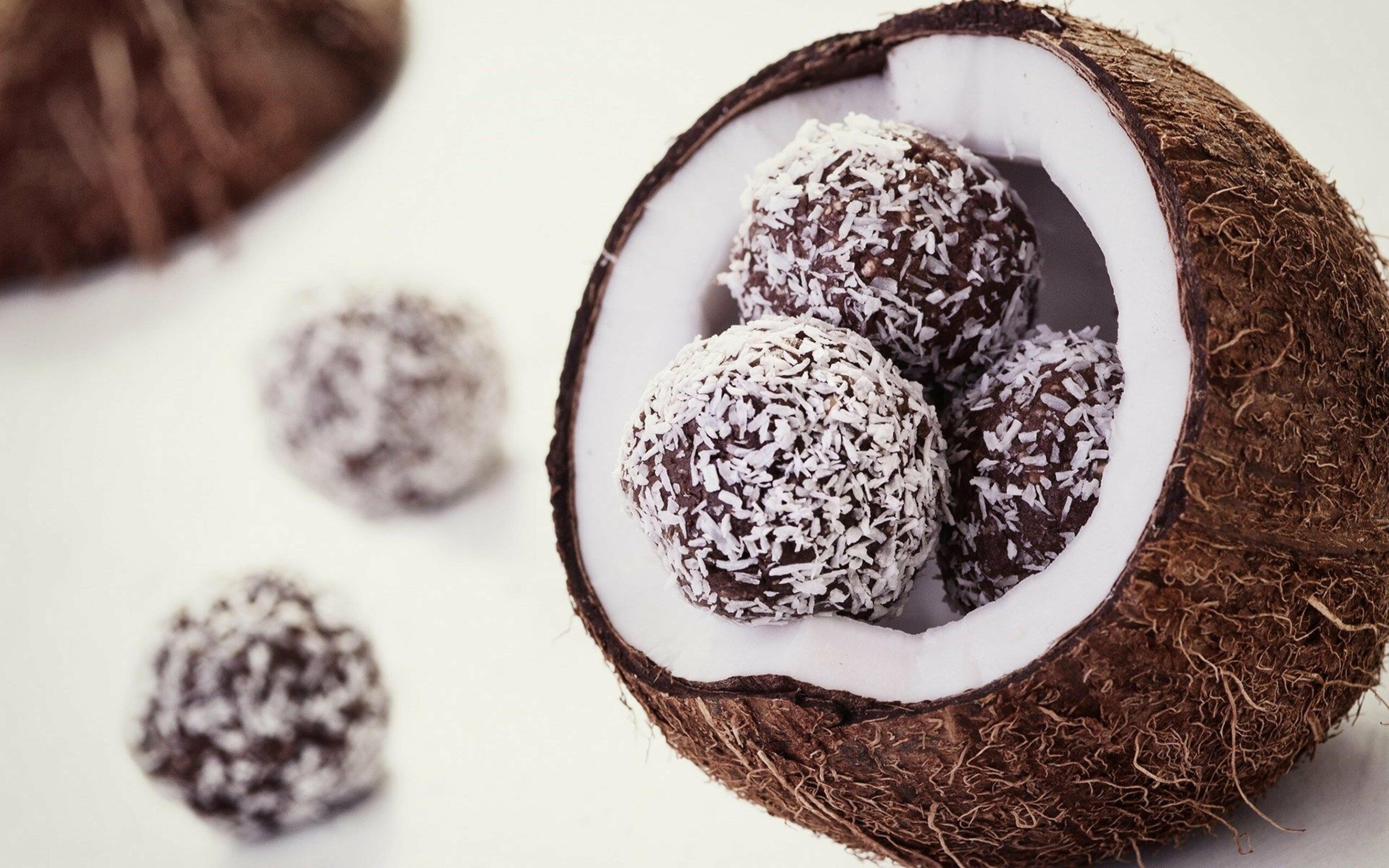Introduction
The world of cannabis cultivation is witnessing a resurgence of interest in classic and heirloom strains, and one such strain that has made a remarkable comeback is Otto II. Otto II seeds, known for their low THC content and high CBD levels, have become increasingly popular among hemp growers and CBD enthusiasts. In this comprehensive guide, we will explore the resurgence of Otto II seeds, their characteristics, cultivation methods, and the potential benefits they offer in the context of the booming CBD industry.
The History of Otto II Seeds
Origins
Otto II, like its predecessor Otto, is a hemp strain developed by Centennial Seeds, a Colorado-based breeding company. It is a part of the Otto line, known for its focus on high CBD and low THC content, making it a valuable choice for those seeking the benefits of cannabidiol without the psychoactive effects of THC.
Legacy
Otto II and the Otto line of hemp seeds have left a significant mark on the CBD industry. The seeds have been in high demand by cultivators looking to produce CBD-rich hemp, which can be used in a variety of products, including CBD oils, tinctures, topicals, and edibles.
Characteristics of Otto II Seeds
CBD-to-THC Ratio
Otto II seeds are renowned for their high CBD content and low THC levels. The typical CBD-to-THC ratio in Otto II strains is often around 20:1 or even higher, making them ideal for CBD extraction and use.
Growth Characteristics
Otto II plants are known for their hardiness and resilience. They are well-suited for outdoor cultivation but can also thrive in indoor environments. The plants tend to be relatively low in stature, making them easier to manage. Otto II strains are typically fast-growing, with a flowering period of around 8-9 weeks.
Terpene Profile
Otto II strains often exhibit a diverse terpene profile, contributing to their unique aroma and flavor. Terpenes like myrcene, pinene, and caryophyllene are common in Otto II plants, adding to their appeal.
Cultivation of Otto II Seeds
Soil and Nutrients
Otto II plants do well in a variety of soil types but thrive in well-draining, loamy soil. Provide balanced nutrients and ensure the soil pH remains within the optimal range for hemp cultivation.
Light and Climate
For outdoor cultivation, Otto II plants require plenty of sunlight and a warm climate. They are sensitive to frost, so it’s essential to plant them when the risk of frost has passed. If growing indoors, use a high-quality grow light to ensure the plants receive sufficient light throughout their growth cycle.
Watering and Pruning
Water your Otto II plants regularly, but avoid overwatering, as they are susceptible to root rot. Pruning is often necessary to manage the plant’s growth and ensure proper airflow, which helps prevent mold and mildew.
Harvesting
Otto II strains are typically harvested when the CBD-rich trichomes are at their peak. Harvest time varies depending on the specific strain and growing conditions, so closely monitor trichome development for the best results.
Potential Benefits of Otto II Seeds
High CBD Content
The primary appeal of Otto II seeds lies in their high CBD content. CBD is known for its potential therapeutic benefits, including pain relief, anxiety reduction, and anti-inflammatory properties. As a result, Otto II strains have become a preferred choice for those looking to harness the healing power of CBD.
Legal Compliance
Otto II strains contain negligible THC levels, ensuring they fall within legal limits in many regions. This compliance makes them an attractive option for those who wish to cultivate hemp for CBD extraction and commercial purposes.
Versatility
The CBD-rich flowers and extracts produced from Otto II strains can be used in a wide range of products, from CBD oils and tinctures to topicals, edibles, and more. This versatility has made Otto II seeds a valuable asset in the expanding CBD market.
Challenges and Considerations
Pollination
One challenge associated with growing Otto II strains is the potential for pollination by nearby male plants. Pollination can reduce the CBD content of the flowers, affecting the overall quality of the crop. To mitigate this risk, growers often employ techniques to separate male and female plants or utilize feminized seeds.
Pest and Disease Management
Like any plant, Otto II strains are susceptible to pests and diseases. Effective pest and disease management practices, such as regular inspection and appropriate treatments, are essential to ensure a healthy and productive crop.
Conclusion
The resurgence of Otto II seeds in the cannabis industry highlights the growing interest in high-CBD, low-THC strains. These seeds have become a cornerstone of the CBD market, offering cultivators the opportunity to produce CBD-rich hemp with remarkable therapeutic potential. With their unique characteristics, ease of cultivation, and compliance with legal regulations, Otto II seeds continue to shape the future of CBD production and consumption.
As the CBD industry continues to expand, Otto II strains are likely to play a pivotal role in meeting the increasing demand for CBD products. Whether you’re a hemp cultivator, a CBD enthusiast, or simply curious about the world of cannabinoids, Otto II seeds have undoubtedly made their mark and are worth exploring in the evolving landscape of cannabis cultivation.
- In-Depth Review of the Top CBD Products By Smoke Cartel - August 9, 2024
- JustCBD UK CBD Oil Tincture Review: A Flavorful Journey to Relaxation - July 4, 2024
- Sipping Bliss: A Personal Exploration of Melo’s THC Beverage Flavors - May 14, 2024



